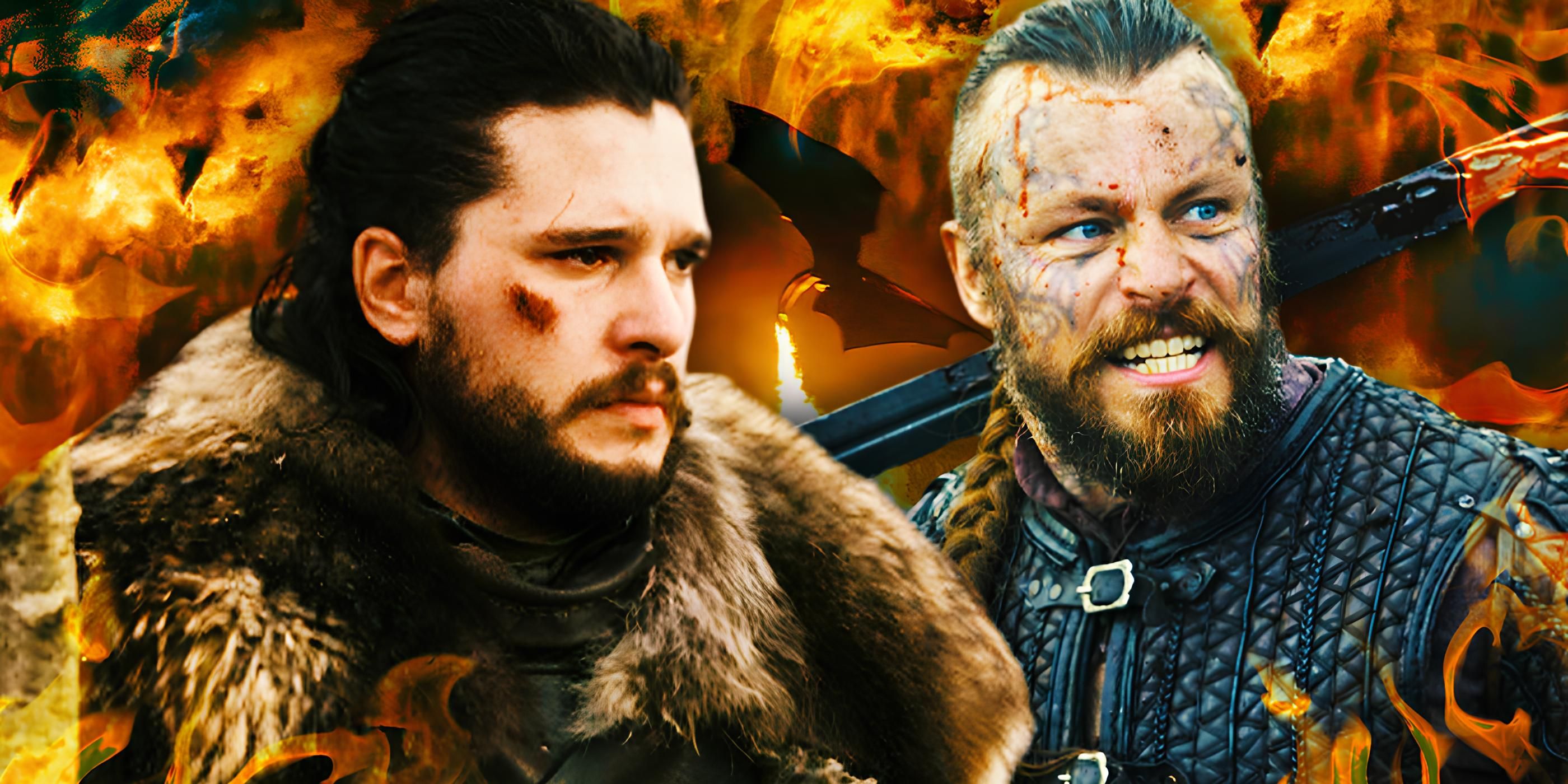
This issue is not restricted to biographical dramas, as fantasy TV battles have also been critiqued, with the genre blowing up in movies and TV in recent years. Even series claiming some of the best TV show battles of all time have not entirely escaped such faults. Experts (or even general audience members) highlight inaccuracies and errors that many would have missed — based on historical research and real military experience — and show how bringing in a consultant would have greatly improved the show.
Battle Of Philippi
Rome (2005-2007)
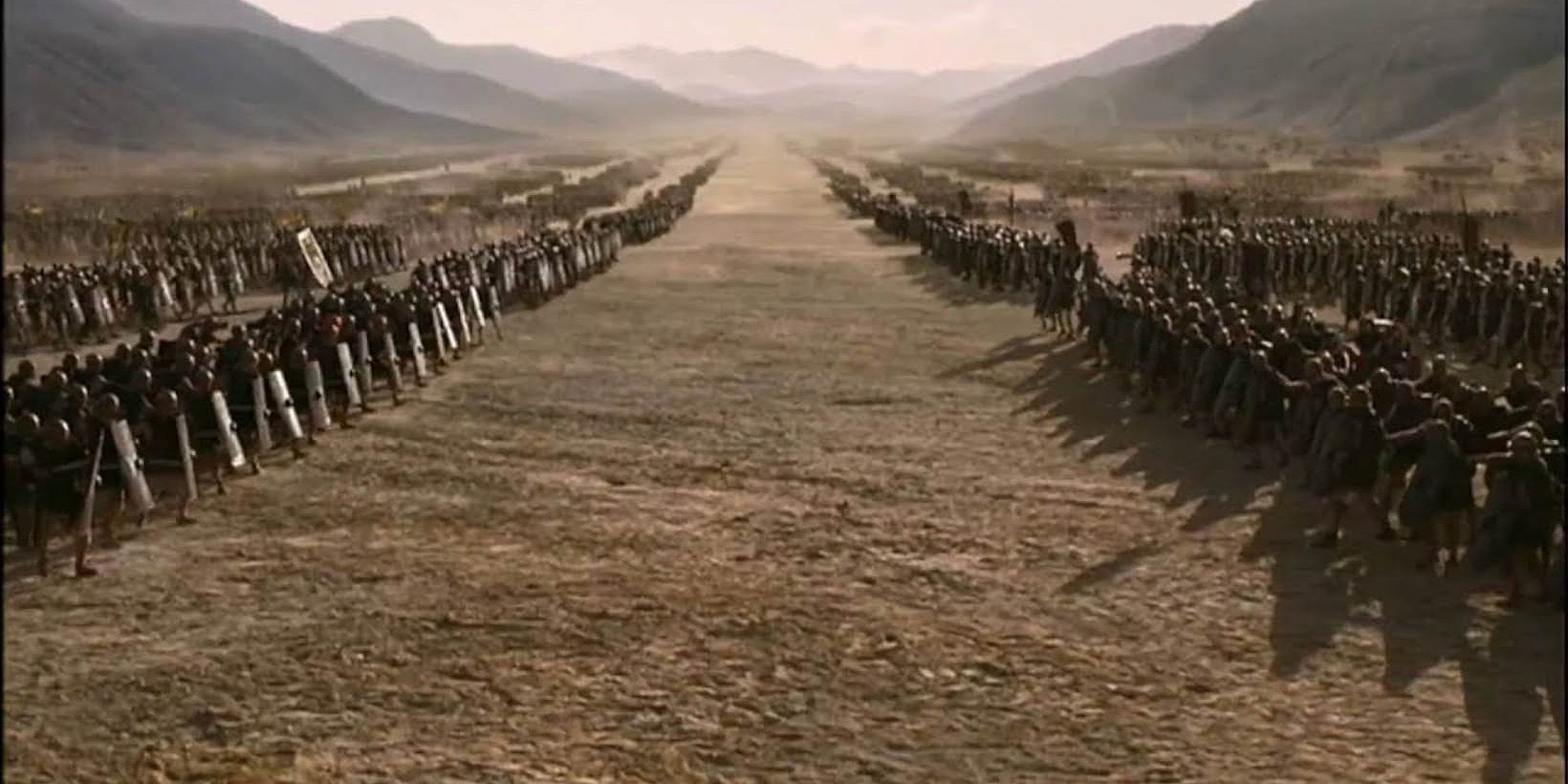
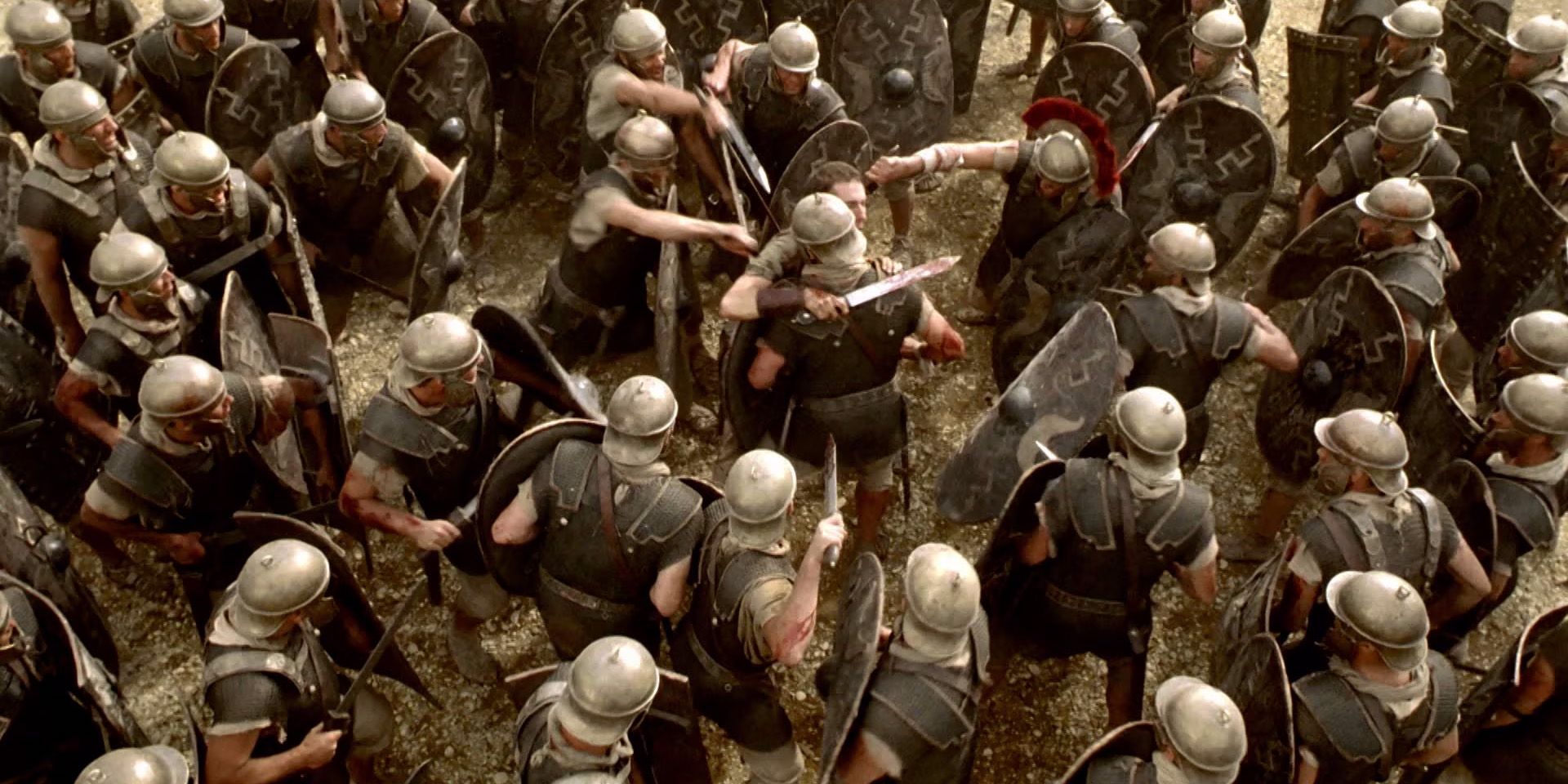

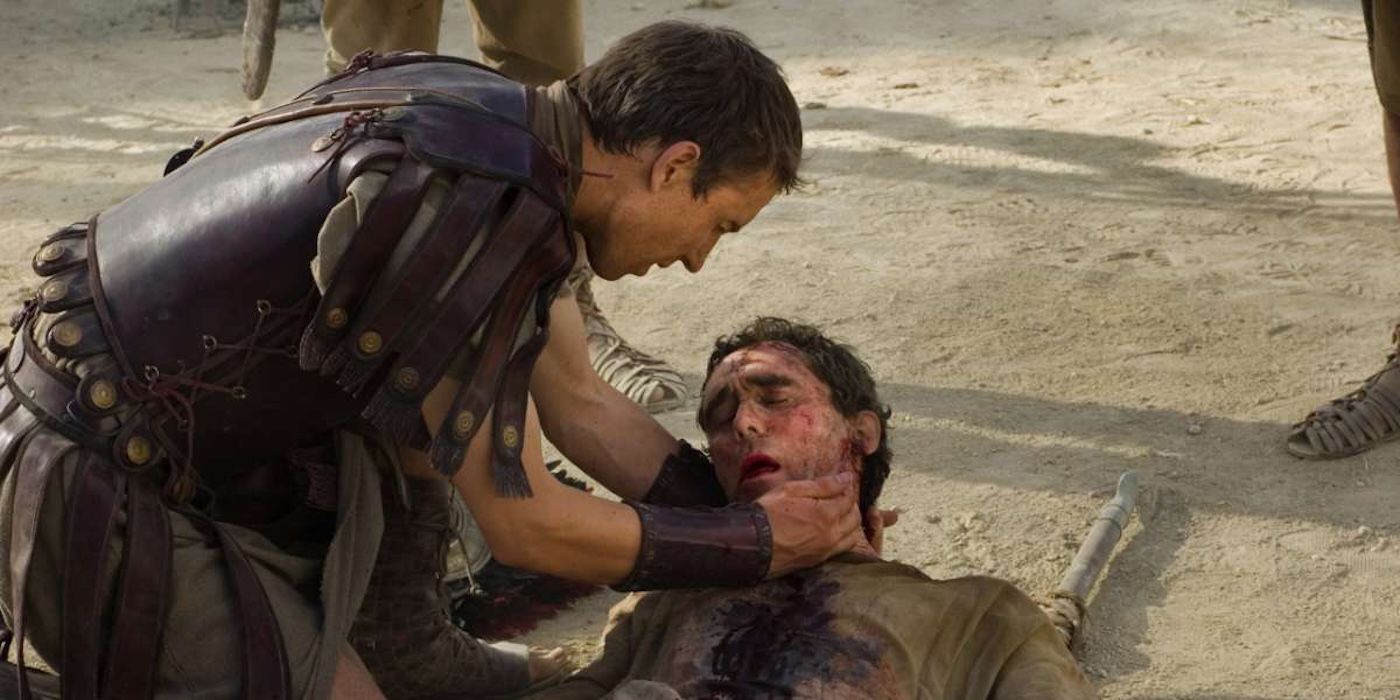






Rome collapsed under its own budget after two seasons, only too much like this battle spiraling into chaos.
The short-lived historical epic Rome has been praised for historical accuracy in some places but was unfavorably deconstructed by Dr. Roel Konijnendijkfor the battle depiction in season 2, episode 6, “Philippi” (via Invicta). First, Konijnendijkfor discussed the roles the Roman generals might have played on the battlefield in such a situation.
He attributes the way Mark Antony acts to upholding his characterization in the show, suggesting that the depiction of him charging into battle without knowing what’s going on is a not-completely accurate combination of two leadership strategies. Following this, the historical expert criticizes Rome‘s battle scene’s accuracy much more harshly regarding how the two mostly accurate formations go straight into an undesirable melee.
Rome collapsed under its own budget after two seasons, only too much like this battle spiraling into chaos. In several ways, Rome was a show ahead of its time and did not always understand the work that needed to be done with a comparative lack of previous examples.
Battle In The Stepstones
House Of The Dragon (2022-Present)
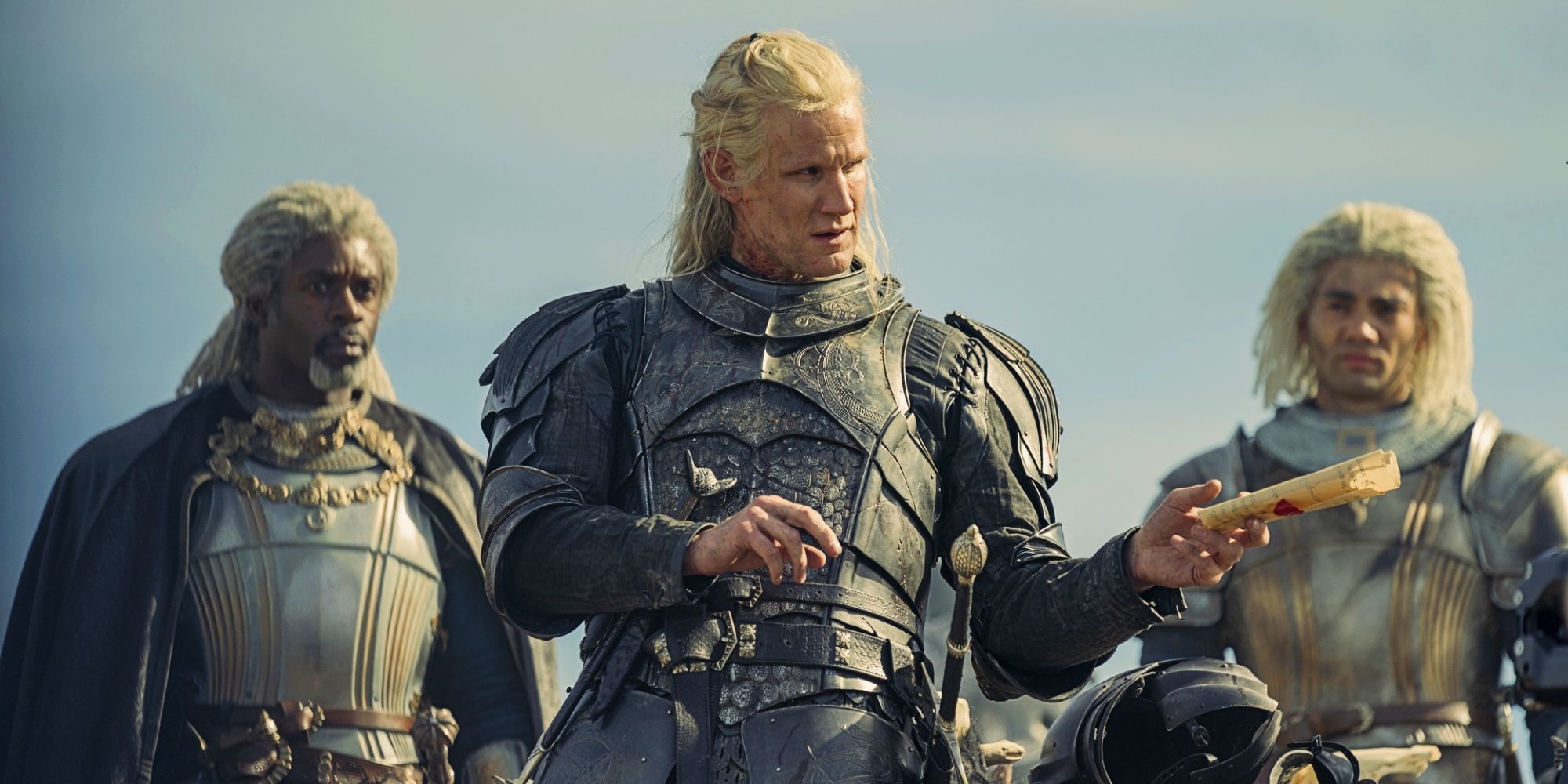
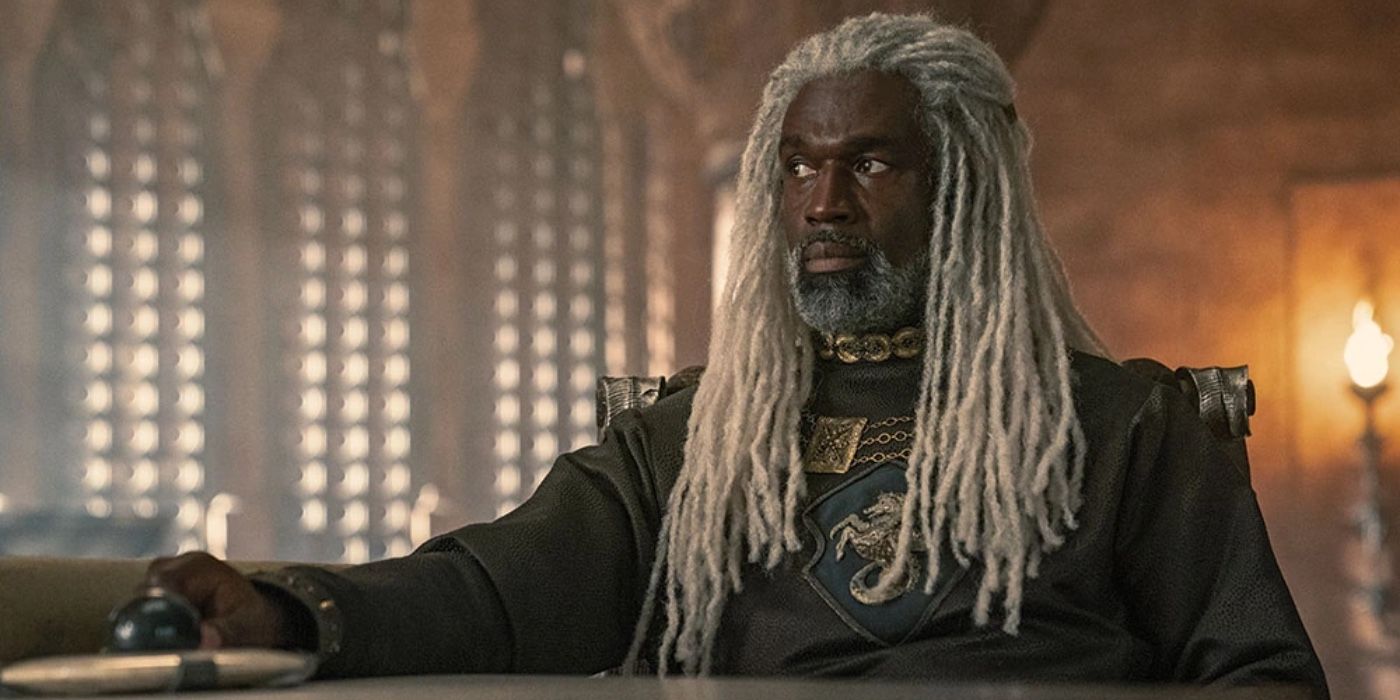
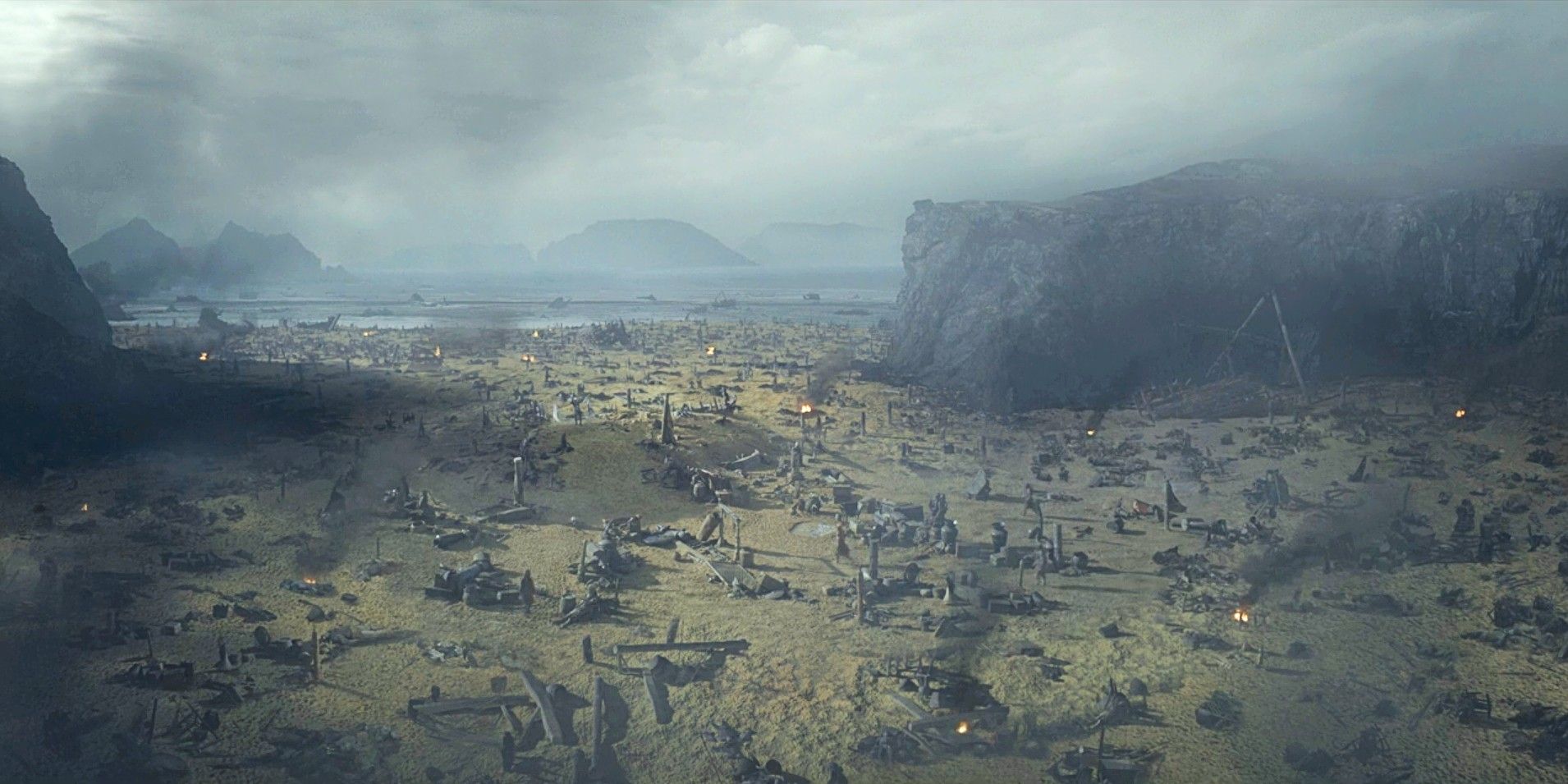
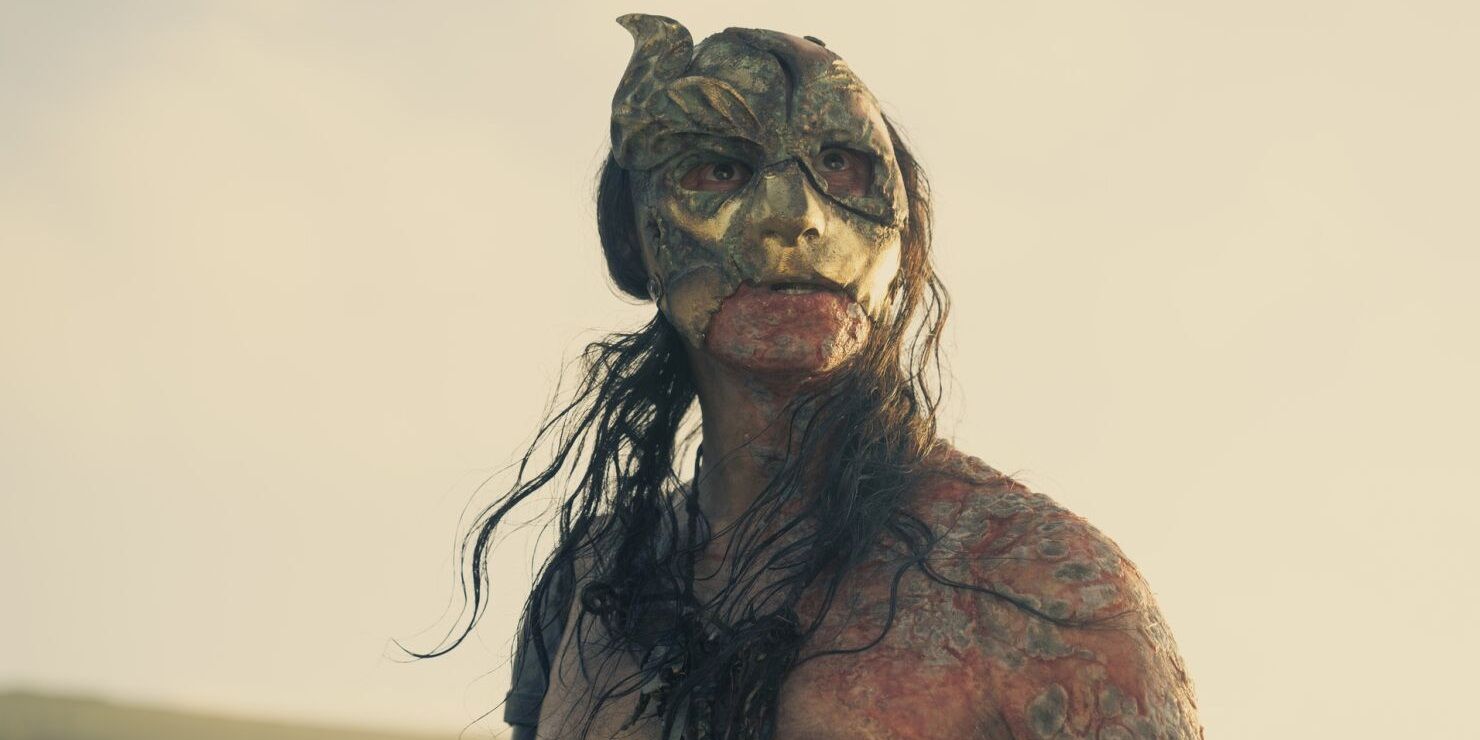






Konijnendijkfor similarly condemned the mess of a battle in the third episode of House of the Dragon, when Daemon Targaryen and Corlys Velaryon are leading a war against the Crabfeeder in the Stepstones (via Insider). When Daemon steps forward to allegedly parley with the enemy, while the archers are at the ready in the background, Konijnendijkfor asks: “Why not either let the archers handle it or send out a formation of guys?” The Crabfeeder falls for Daemon’s fake surrender, and he manages to lead his army to victory.
“Also I’m begging moviemakers to please stop it with the orders to the archers,” said Konijnendijkfor. Finally, once again, the Oxford University expert said that the absolute chaos of the battle that cinema often turns to isn’t accurate at all when real generals would try to maintain some strategy and formation. Despite its fantasy banner, which means some battle techniques simply aren’t real (like dragons), House of the Dragon demonstrates some unrealistic military strategies like this. Regardless, it is still praised as a detailed history-inspired fantasy.
Siege Of Eoferwic
The Last Kingdom (2015-2022)

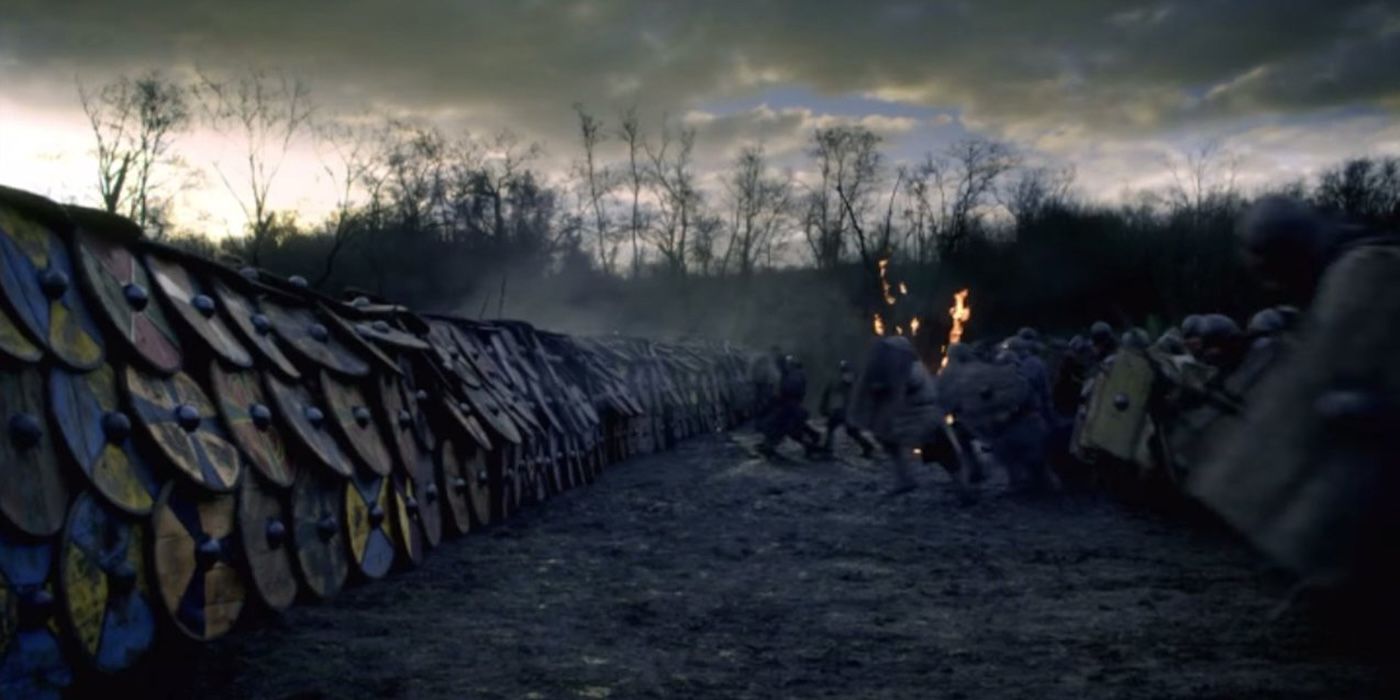


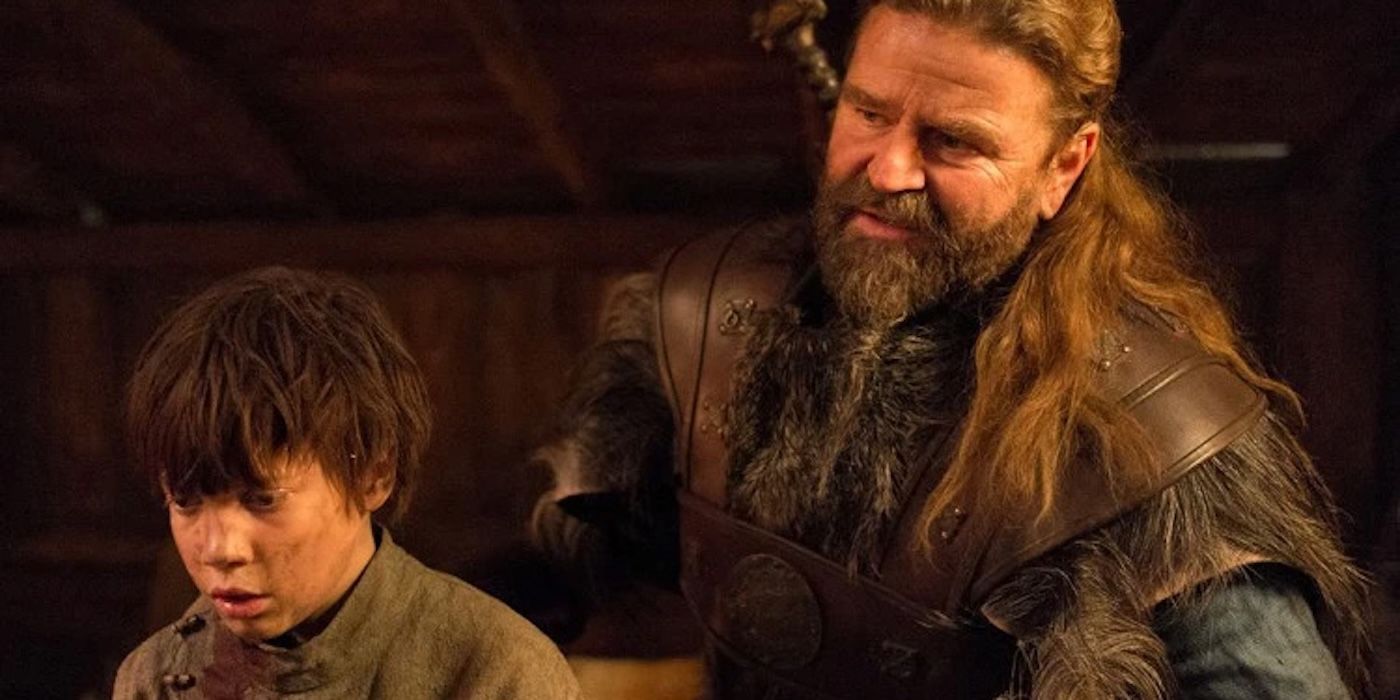





Concerning the initial conflict between the Danes and the Northumbrians, Konijnendijkfor critiqued a legion of soldiers charging into a shield wall to no effect, pointing out that firing upon it from further away to see if they could break the wall would be more logical (via Insider). He admitted that the Vikings would have used shield walls in battle. However, he also said that a three-layered shield wall as seen in the first episode of The Last Kingdom is “a bit excessive,” and something practiced by the Romans rather than the Danes.
Konijnendijkfor gave this sequence a more generous rating of “six or seven” based on accurate techniques. Additionally, this battle is the inciting incident of The Last Kingdom, where one of the main character’s father is killed and he is taken captive. Like some similar shows, The Last Kingdom takes a broad historical idea but changes some of the smaller details for dramatic effect. The powerful shield wall helps to establish the Danish Vikings as a threat, even if it is unnecessary in this context.
Battle Of Culloden
Outlander (2014-Present)
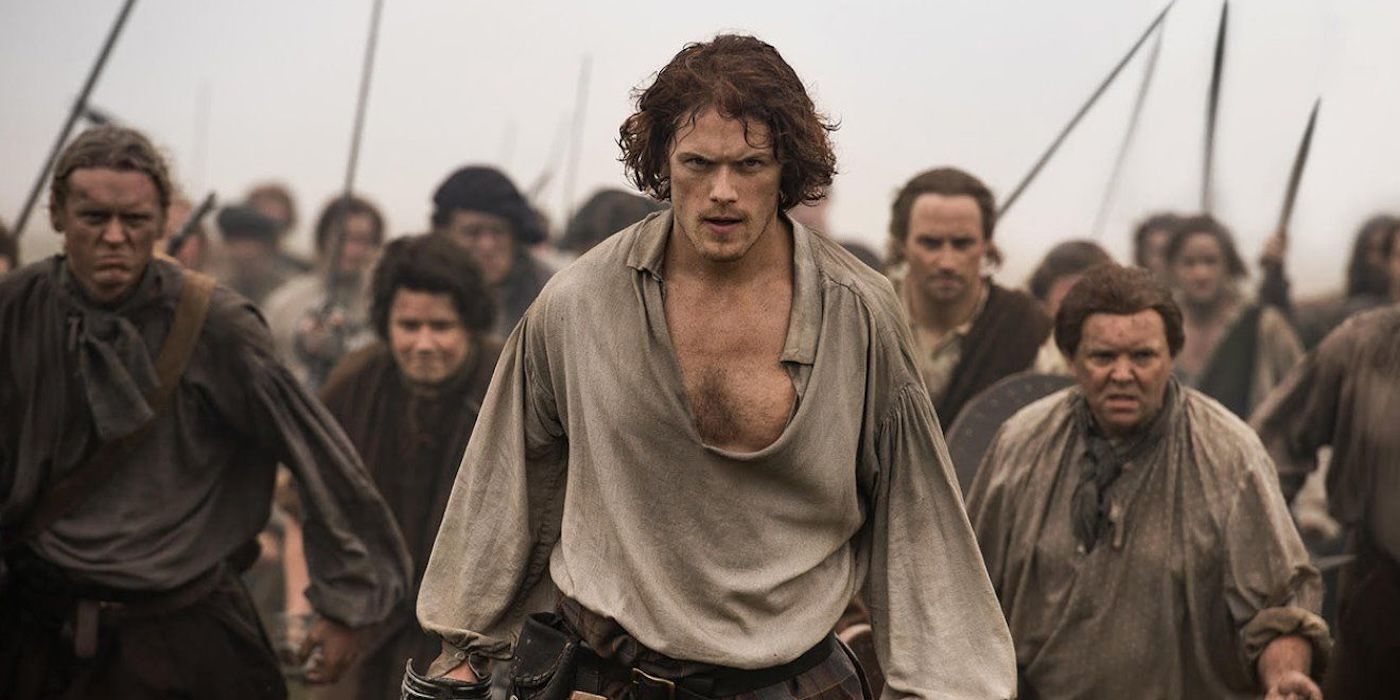
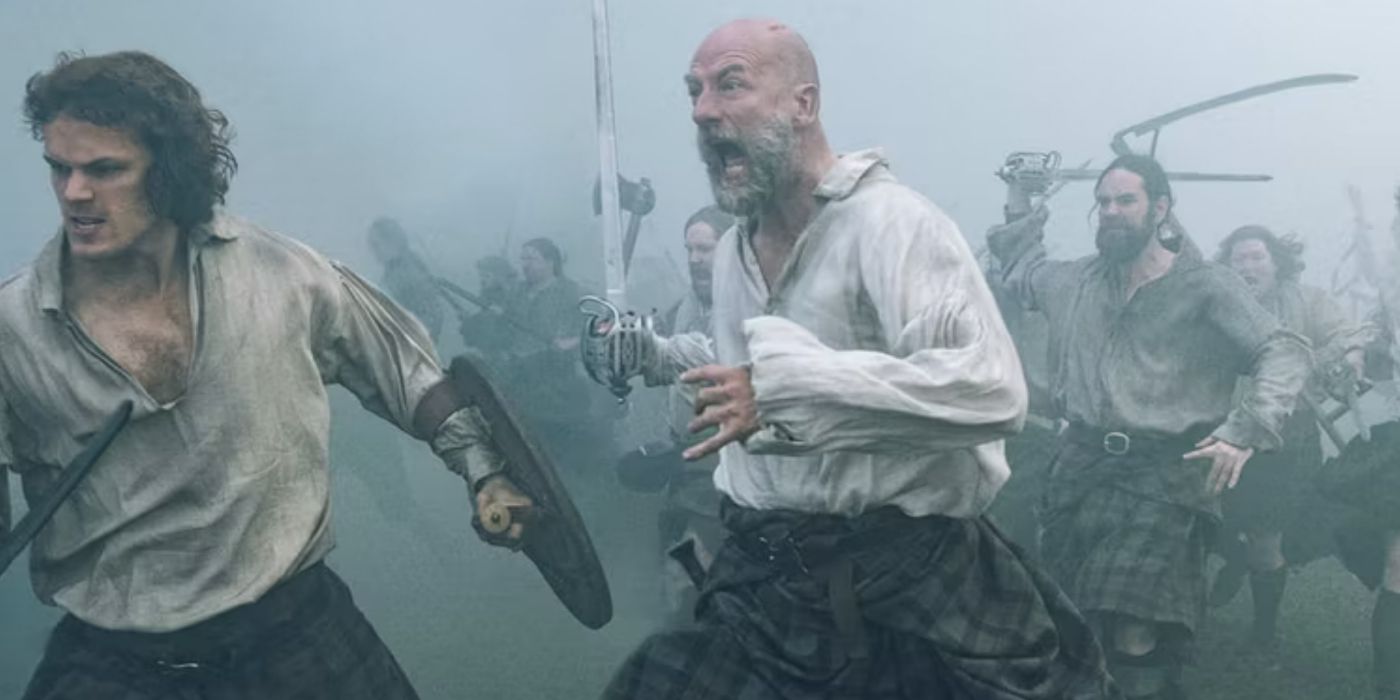
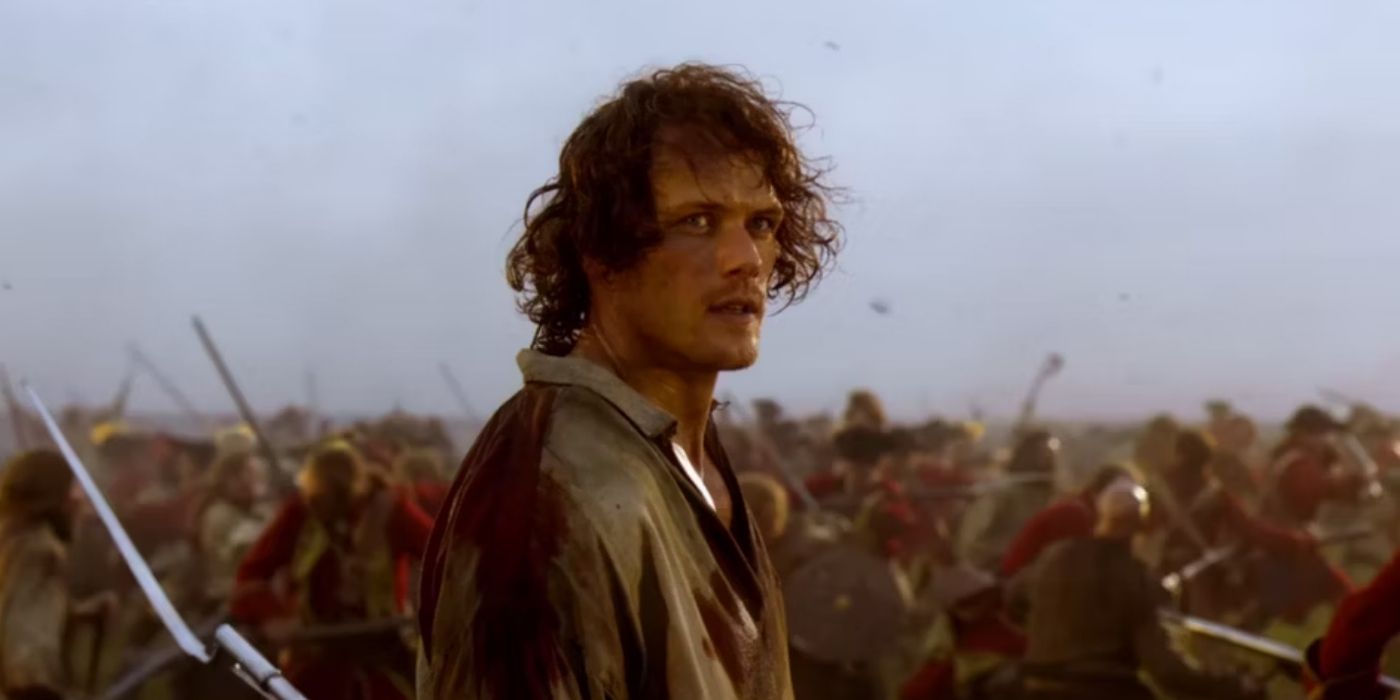

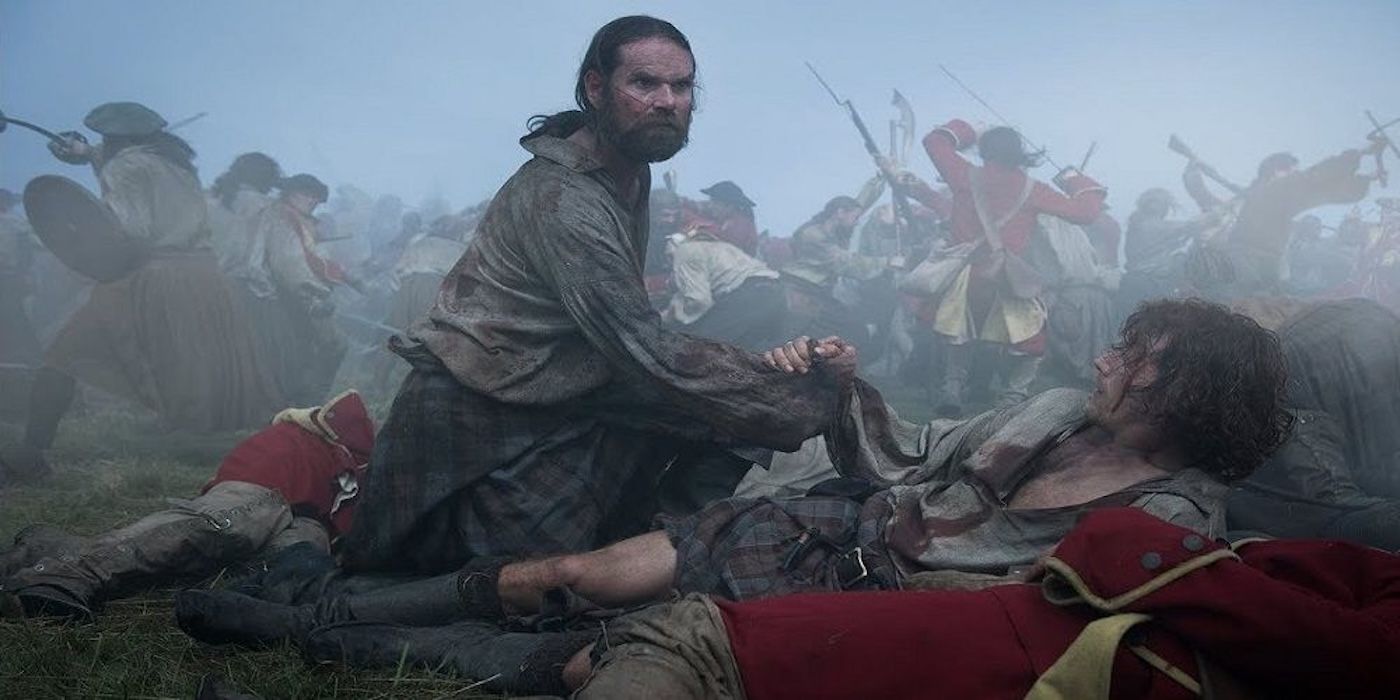





Barring the time travel, Outlander has some historically accurate elements and some not, demonstrating a weird combination of fact and fiction that makes it unclear how committed to accuracy the showrunners are trying to be. Perhaps most famously, it has been repeatedly pointed out that the color of Jamie’s tartan is wrong for Clan Fraser (via The History Press). Furthermore, the first two seasons revolve around the impending Battle of Culloden, which would lead people to assume absolute historical accuracy to be vital.
Namely, Outlander paints a picture of the Jacobite rebellion where it is purely the British vs. the Scottish, but this is not entirely accurate. Some Scots fought on the side of the British army to put down the rebellion. Additionally, many of the Highlanders are shown charging into battle with only an offensive weapon and no targe, or a shield. It has been pointed out that this would have been highly dangerous in this battle. However, Outlander is credited with depicting the brutal, devastating battle with relative historical accuracy, especially when compared to some other shows.
King Philip’s Siege Of Chartes Temple
Knightfall (2017-2019)
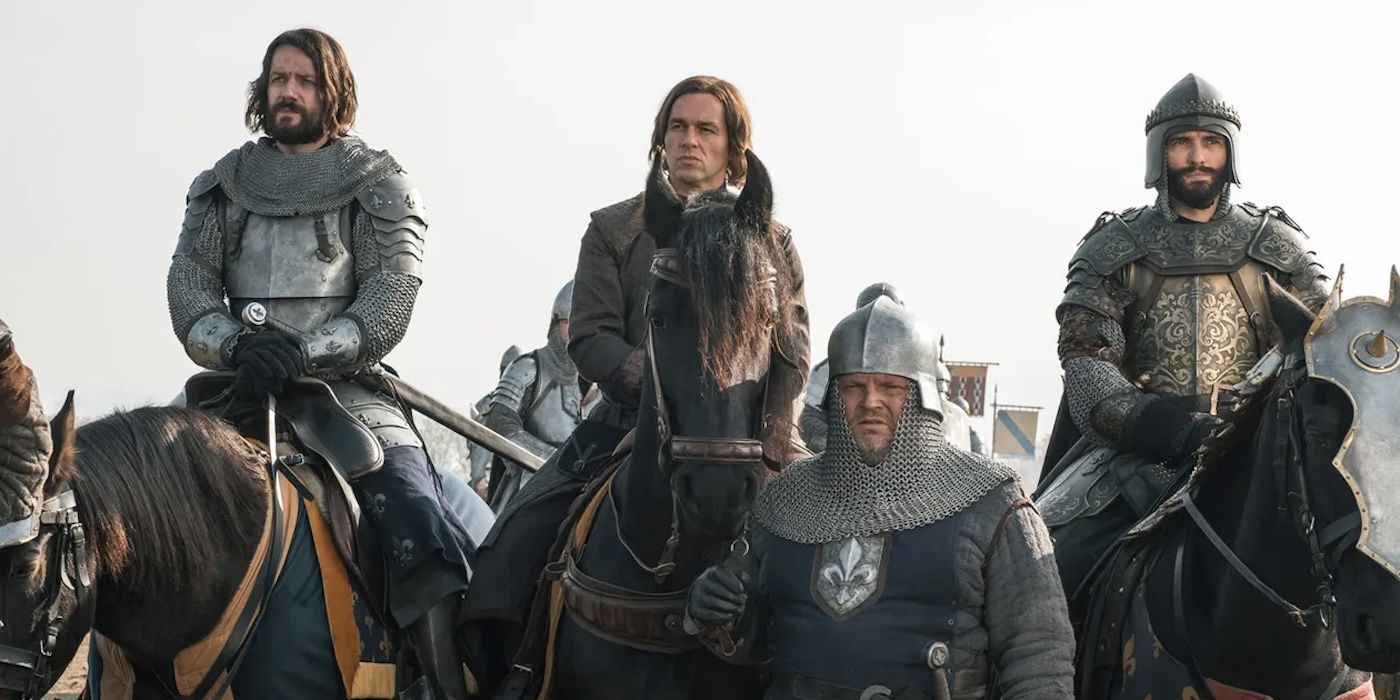
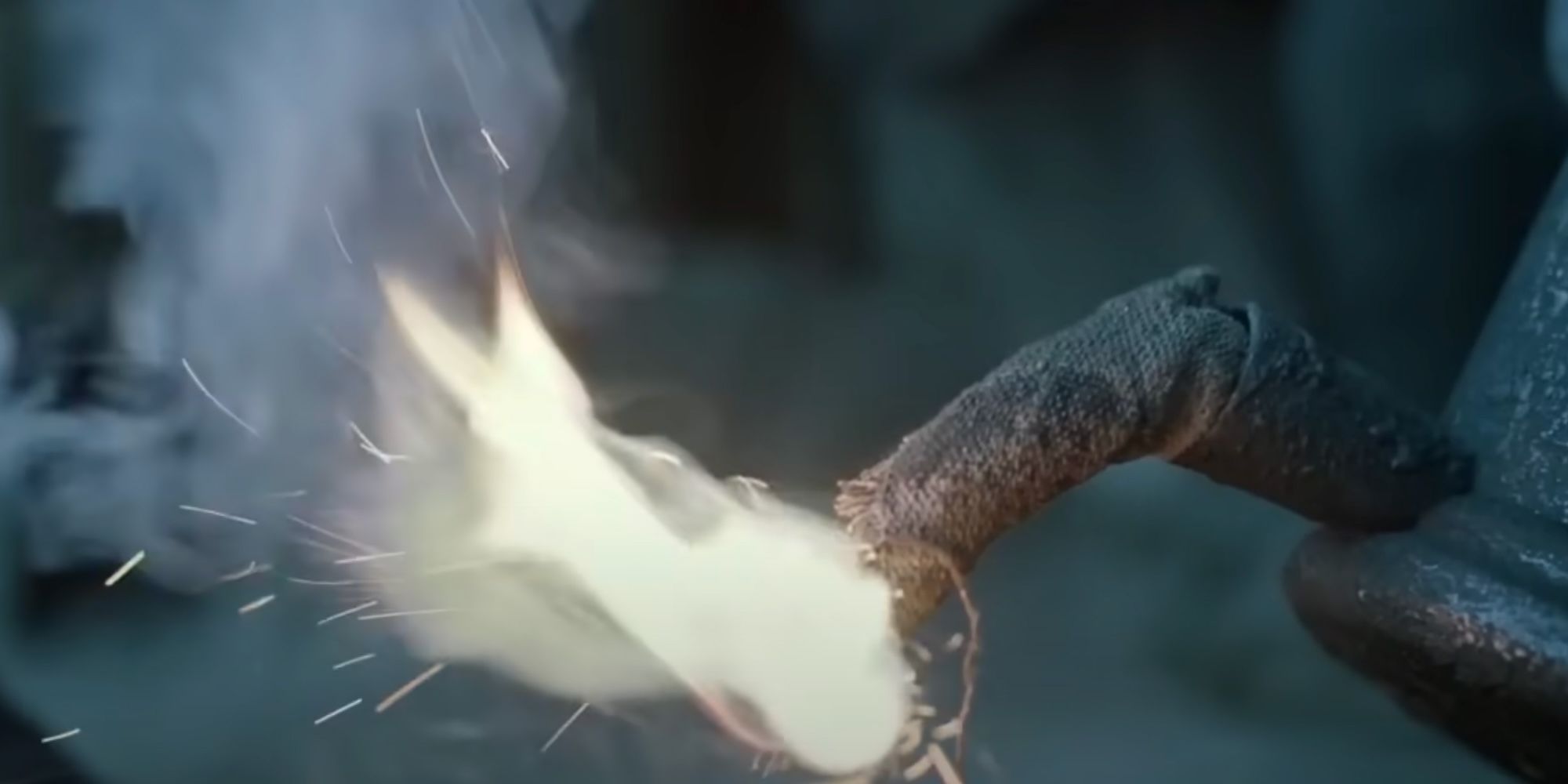
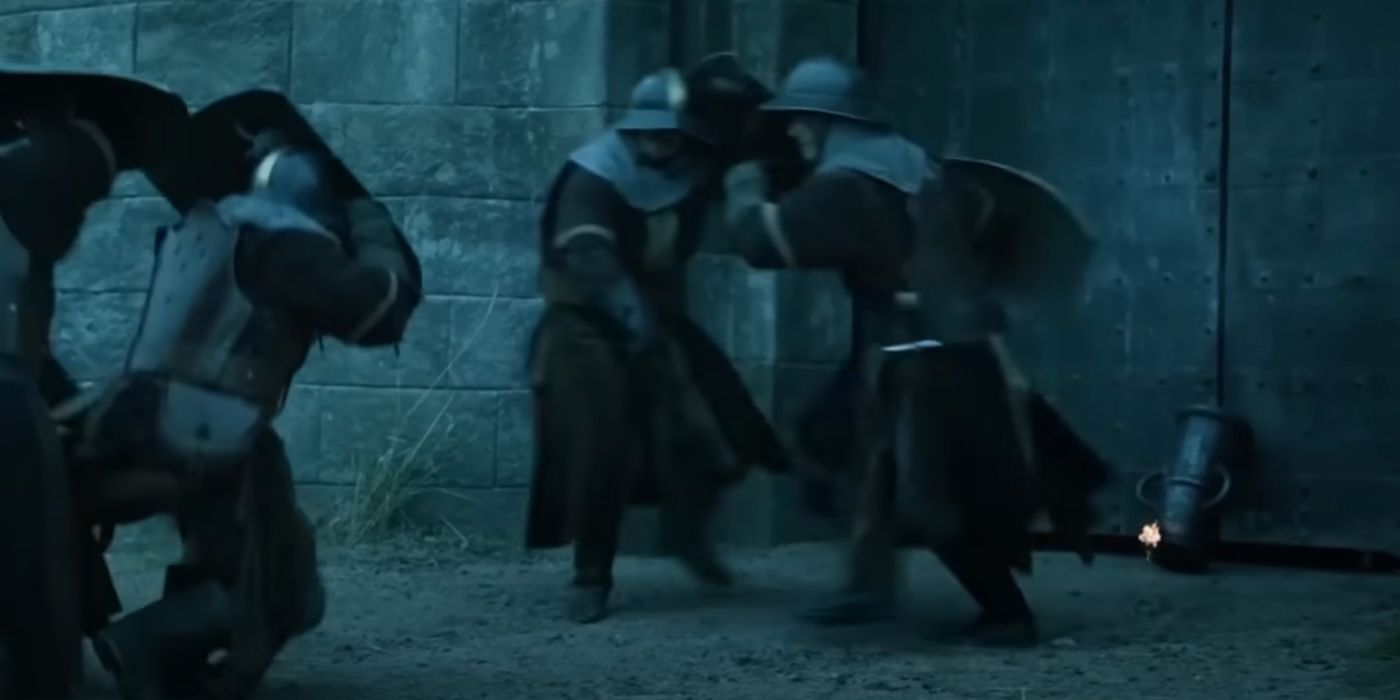

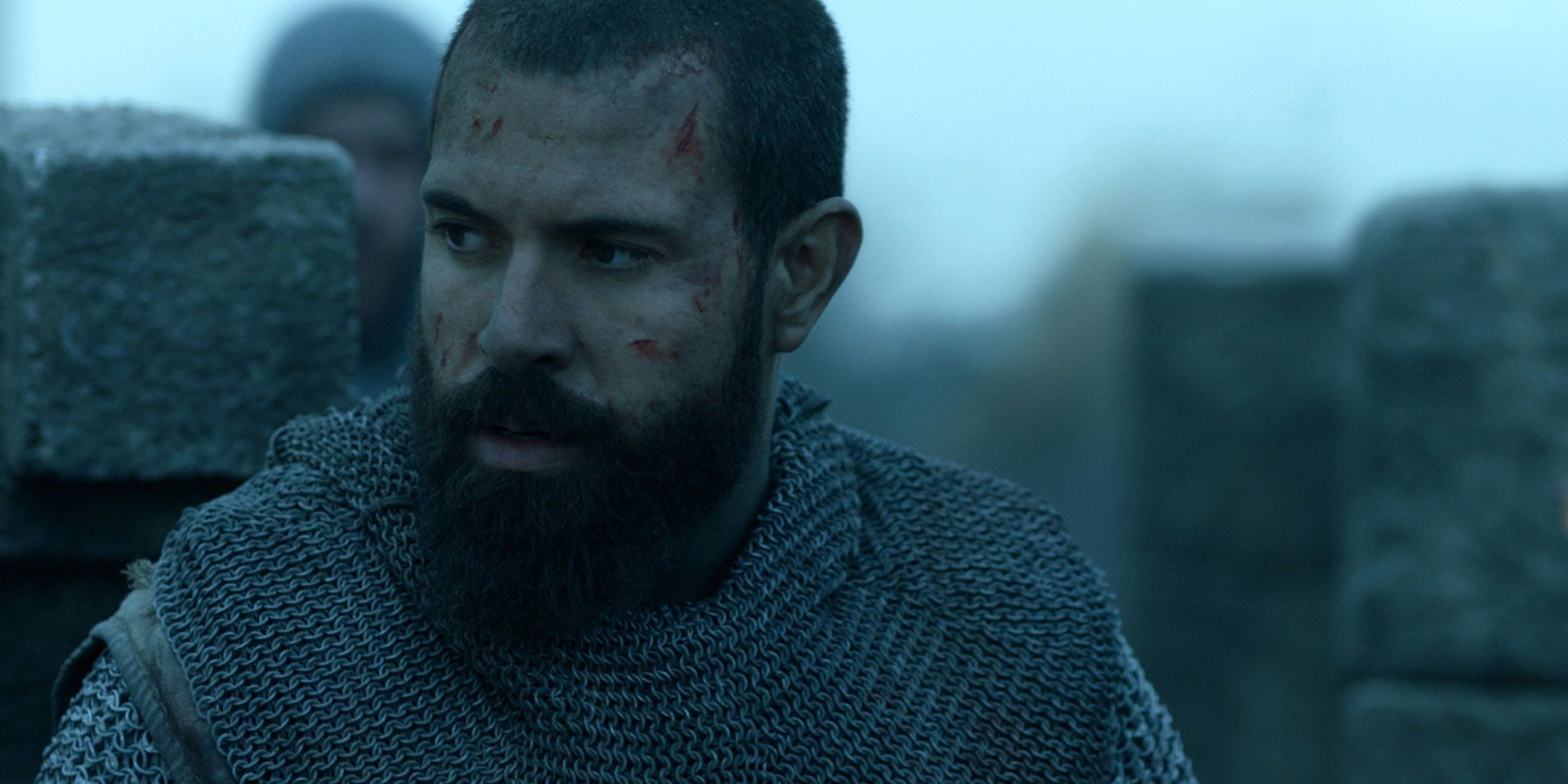





At the end of his analysis this time (via Insider), Konijnendijkfor pointed out that the battle depicted in season 2, episode 6, “Blood Drenched Stone” of Knightfall didn’t happen, after his other complaints. He commented that crossbrows would have been more widespread among the French army, rather than the single man he spotted. However, his biggest grievances are with the mistakes commonly made in this type of period drama for cinematic effect.
For instance, few characters are seen wearing helmets, which Konijnendijkfor also highlighted, acknowledging that it is probably because the directors wanted the audience to be able to see the actors’ faces. Gunpowder is also used during the battle in a non-existent weapon, mainly for the spectacle of there being explosions. Konijnendijkfor conceded that while gunpowder technically existed in the setting of Knightfall and might have been used as a more experimental tactic in battle, it’s unlikely. Throughout his diatribe, he was mildly laughing at what was shown.
Many Viking Battles
Vikings (2013-2020)

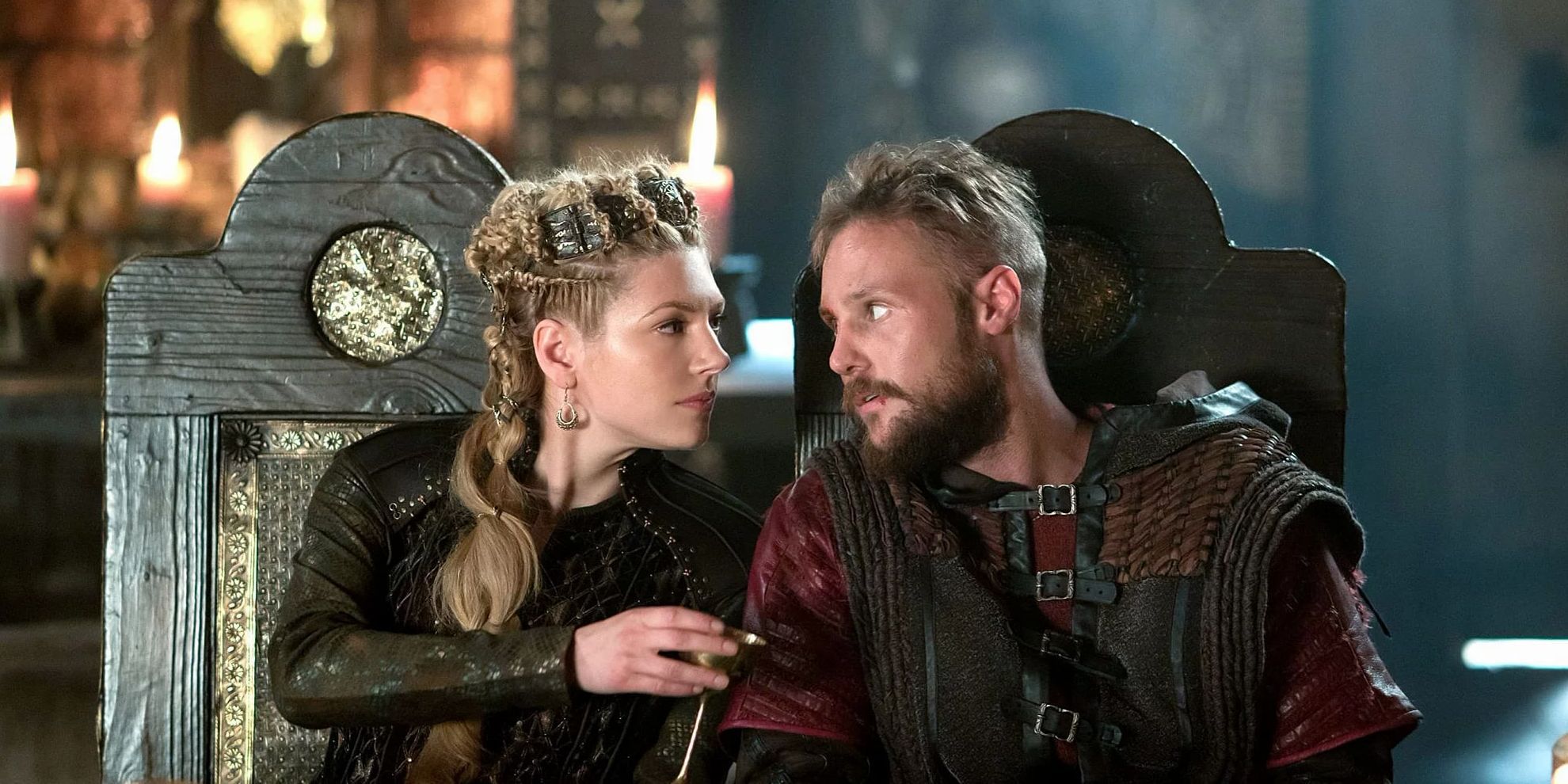
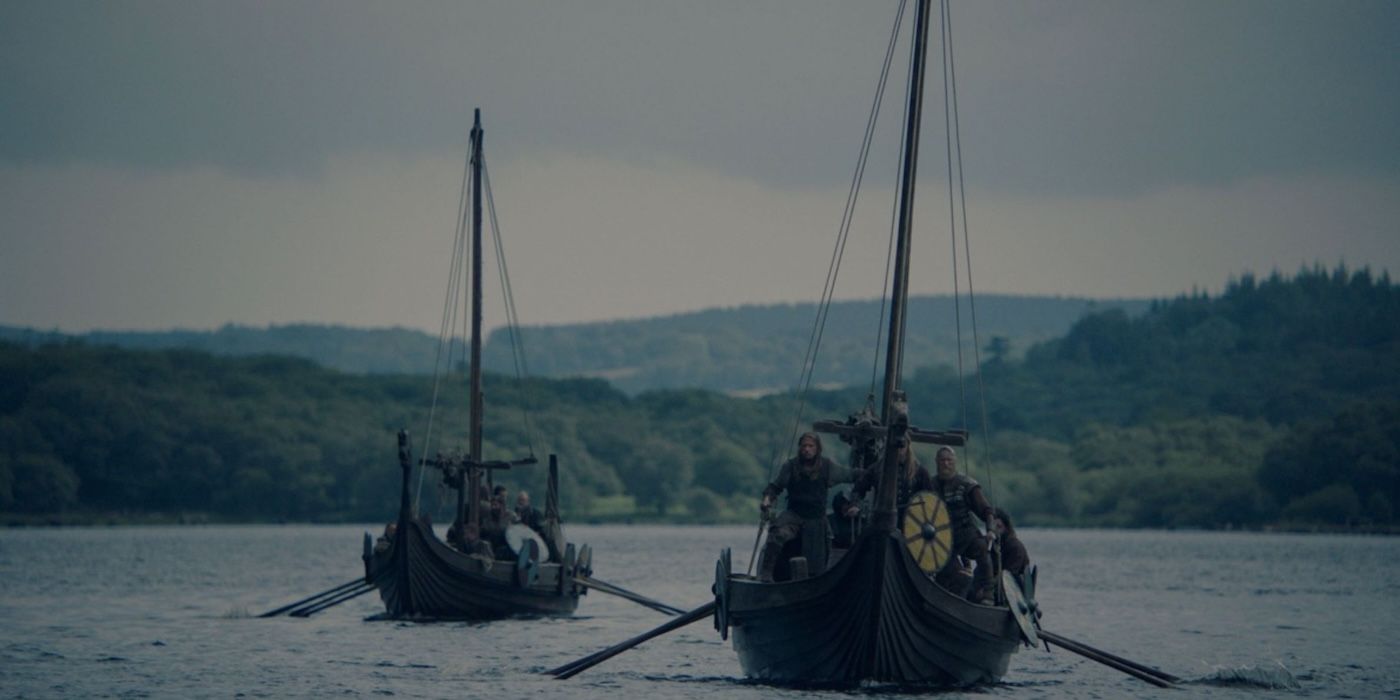

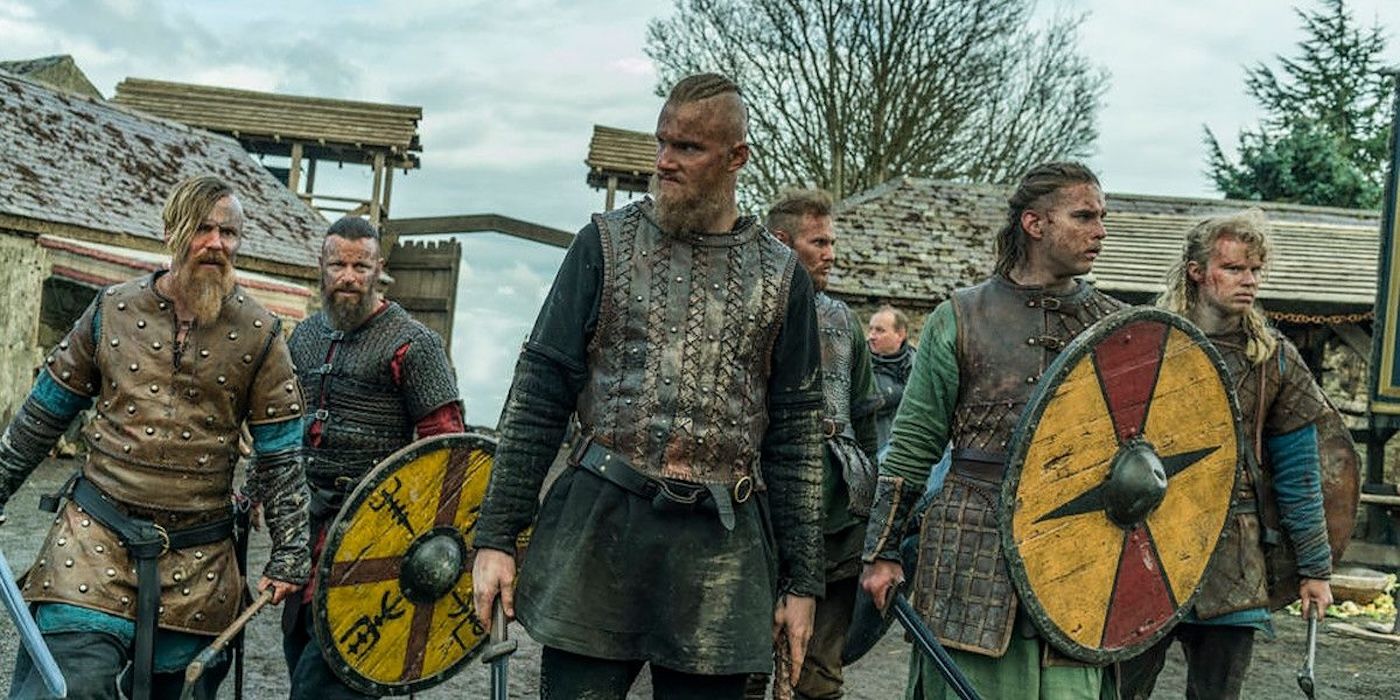





The show Vikings demonstrates *some* accurate historical material but is widely regarded as one of the most historically inaccurate TV shows there is. The style of the battles and the costuming for these sequences as depicted in the show is largely changed for dramatic effect, appealing to the tastes of a modern audience that knows little about what these conflicts actually looked like.
Vikings has been called out by a medieval arms expert as well as other historians. Toby Capwell said (via Insider):
“Vikings is a fantasy […] Those Anglo-Saxons are all wearing late 16th-century helmets. The burgonets with the high comb and the peak, they are 800 years wrong…The leather biker gear… There is almost no historical evidence for leather clothing. […] The ax is fine, I don’t have a problem with the ax. I do have a problem with none of the main characters wearing helmets. You can’t go anywhere near a battle like this without a helmet.”
Meanwhile, archaeologist Cat Jarman said of Vikings and Vikings: Valhalla (via Wired): “They’re not very accurate, but they are inspired by a lot of real events. A lot of them are inspired by the sagas.” This is the most essential summary of what these shows are, touching upon some interesting historical points but largely acting as fictionalizations for sensation. Jarman notably comments on the depiction of women warriors in Vikings, which appeals to a modern audience, saying that while they did exist, there would be more evidence of larger numbers of them.
Gladiators Battle The Romans
Spartacus (2013-2015)

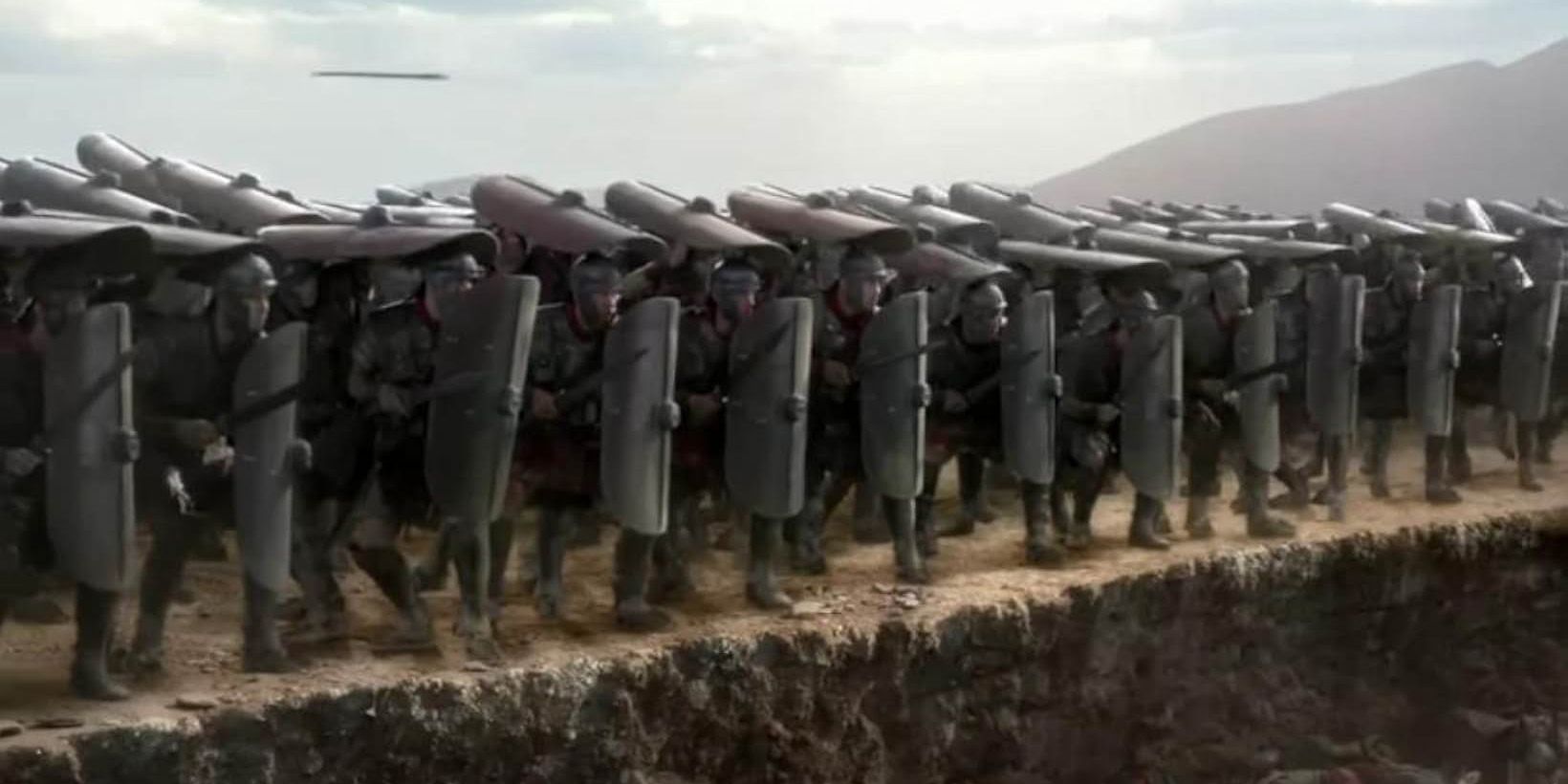
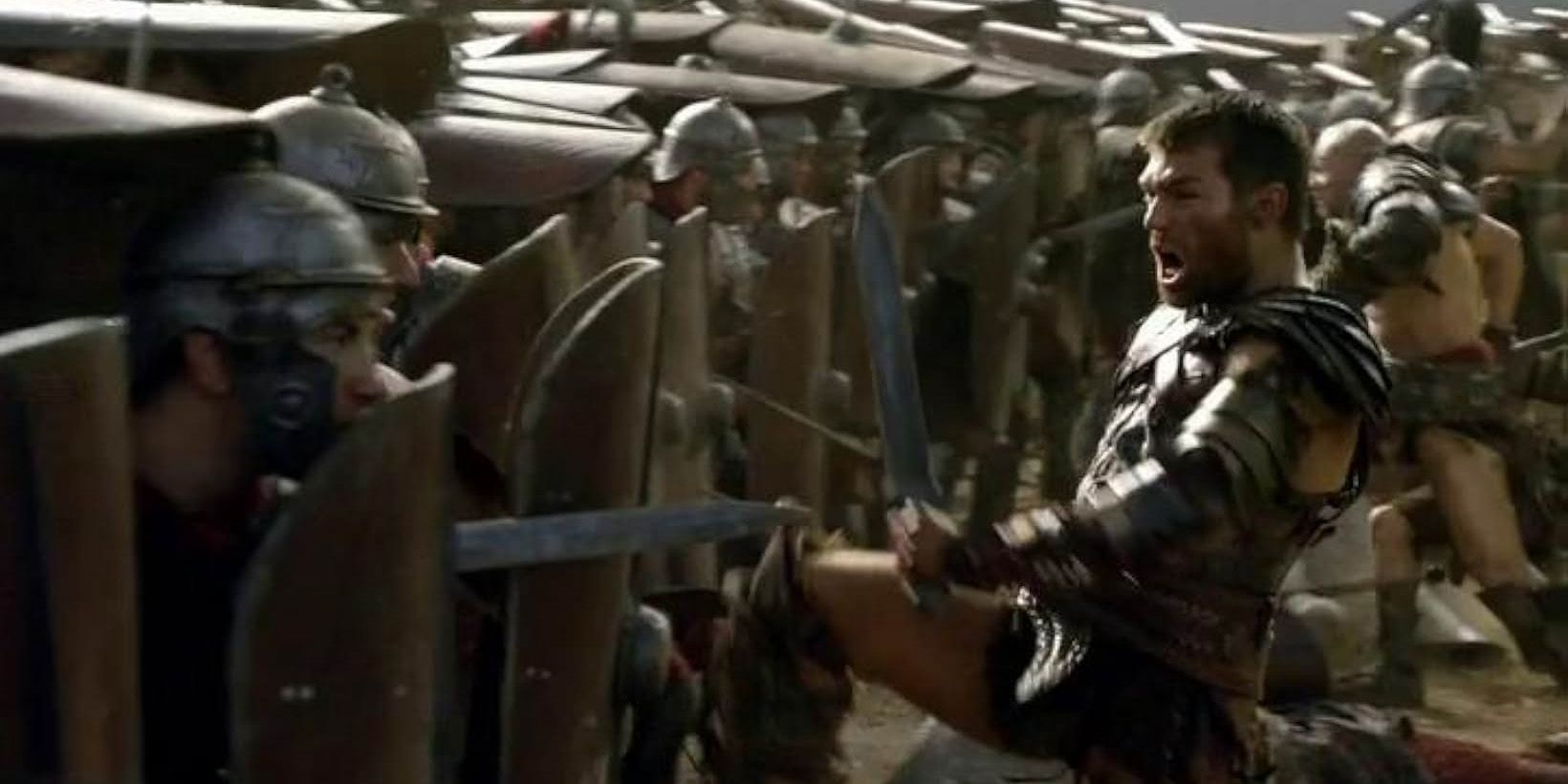
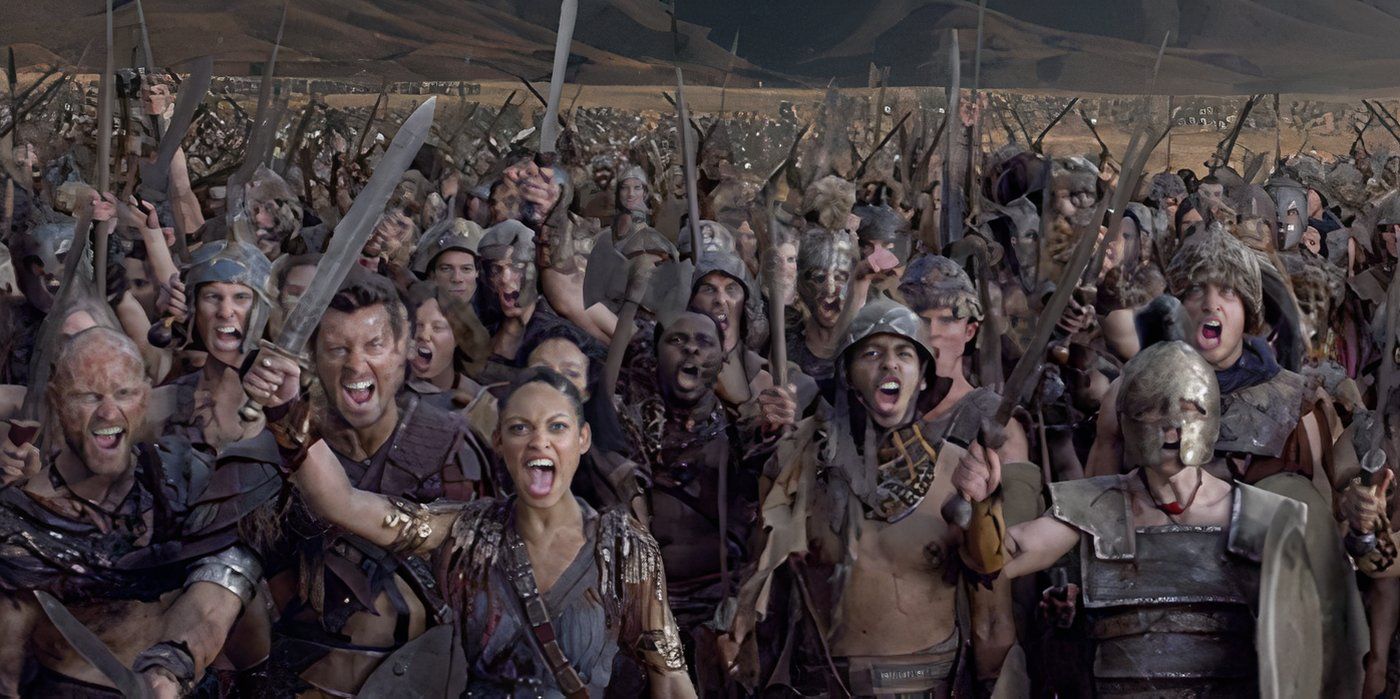
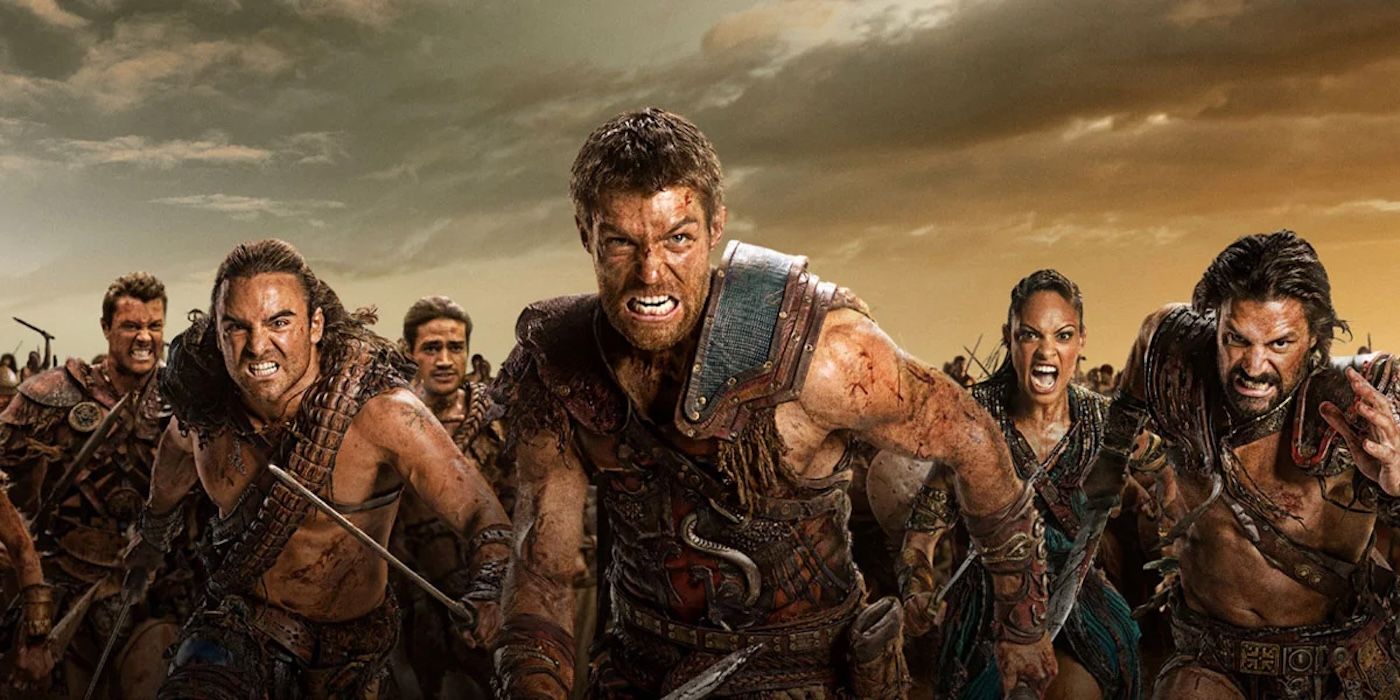





Traps laid for an approaching army are often seen in cinema — such as in the fictional Chronicles of Narnia series (Prince Caspian), also deconstructed on the Insider YouTube channel. However, according to the Insider video where Spartacus: War Of The Damned (the title of season 3) is addressed, while this technique could have been successfully used in the ancient world, it would not have worked on the scale depicted. In the final episode, Spartacus and his fellow gladiators dig a massive ditch to immobilize the approaching Roman army.
This kind of military strategy is often leveraged in fiction, mostly to showcase the cleverness of an outmatched army.
However, there is the obvious problem that the ditch is too large for the Romans to not have noticed it or the rebel gladiators preparing it. After the Roman army has been stopped, there is also no reason for the gladiators to then cross the ditch to continue to fight, as they do in the show. However, this kind of military strategy is often leveraged in fiction, mostly to showcase the cleverness of an outmatched army.
The Battle Of Winterfell
Game Of Thrones (2011-2019)
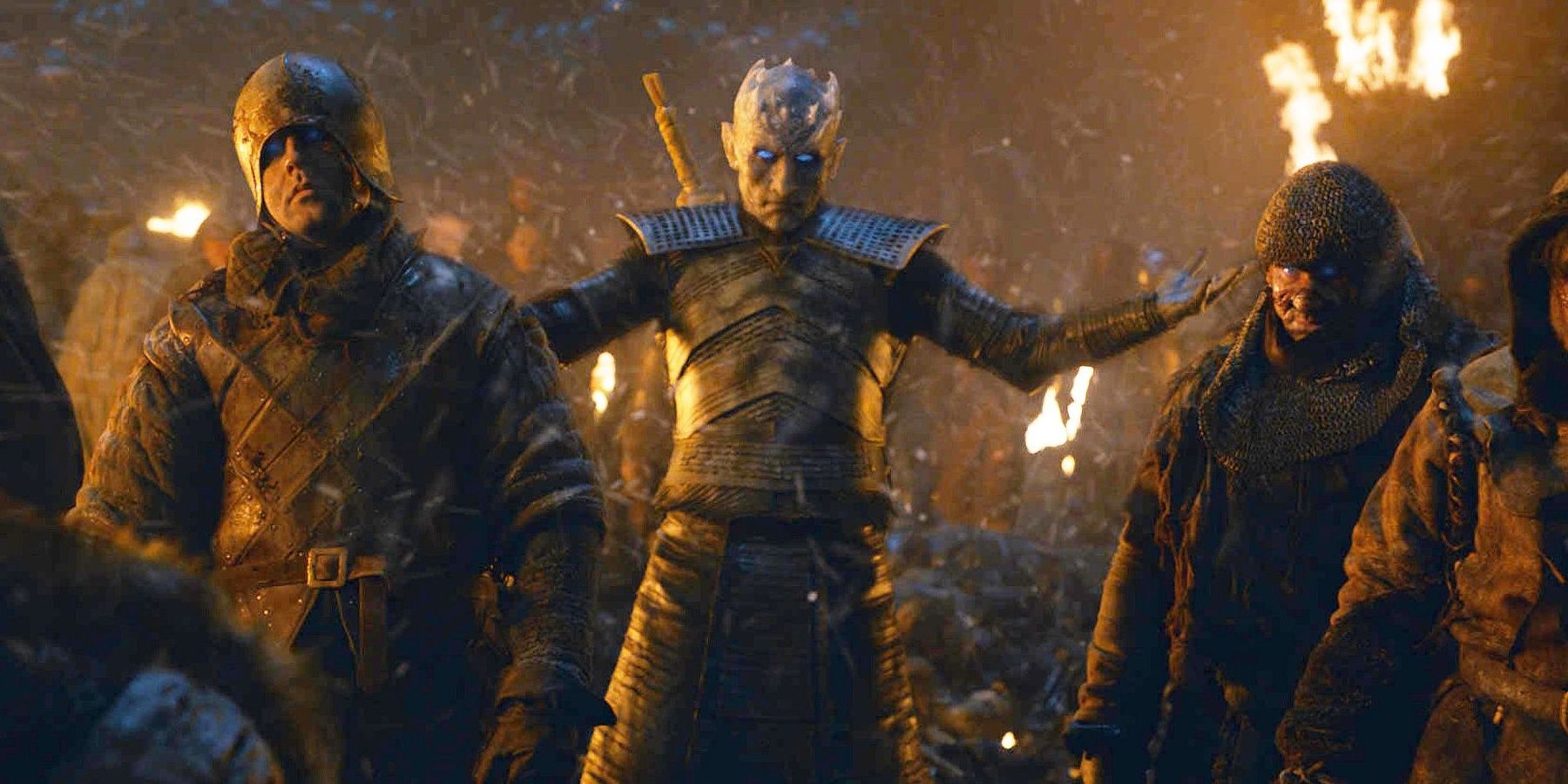
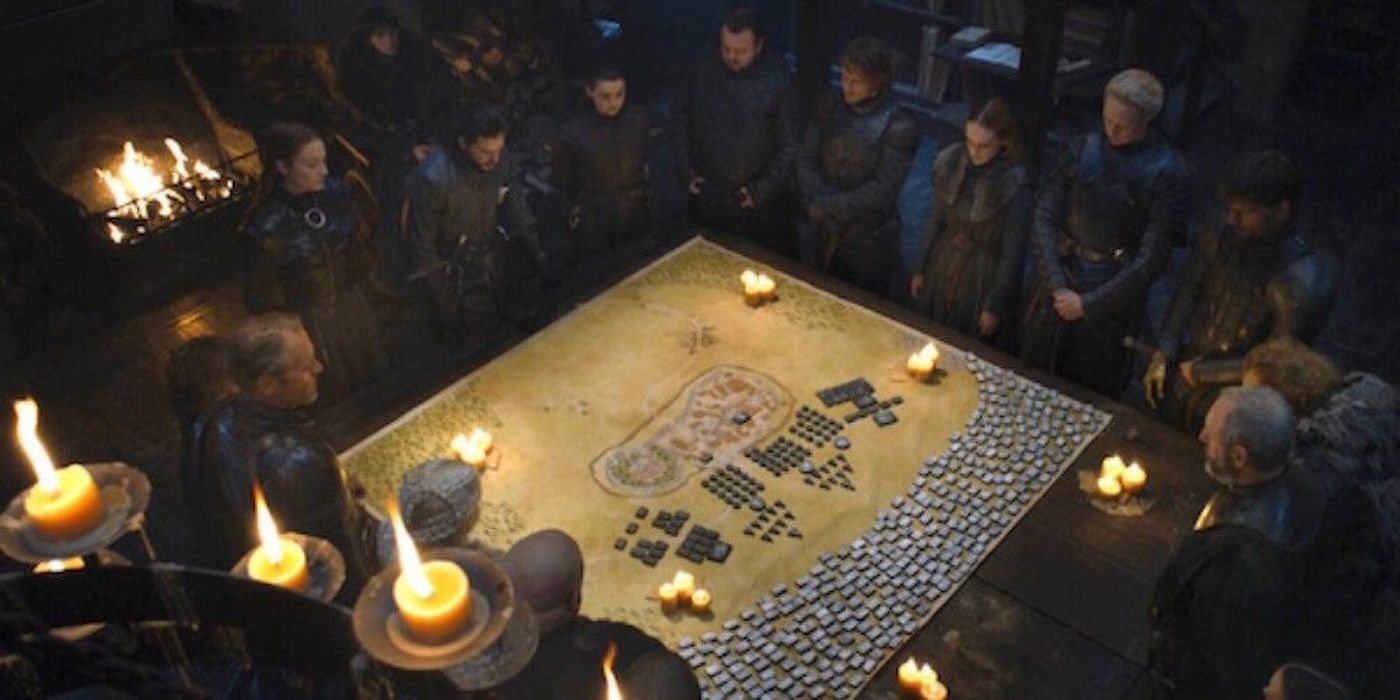

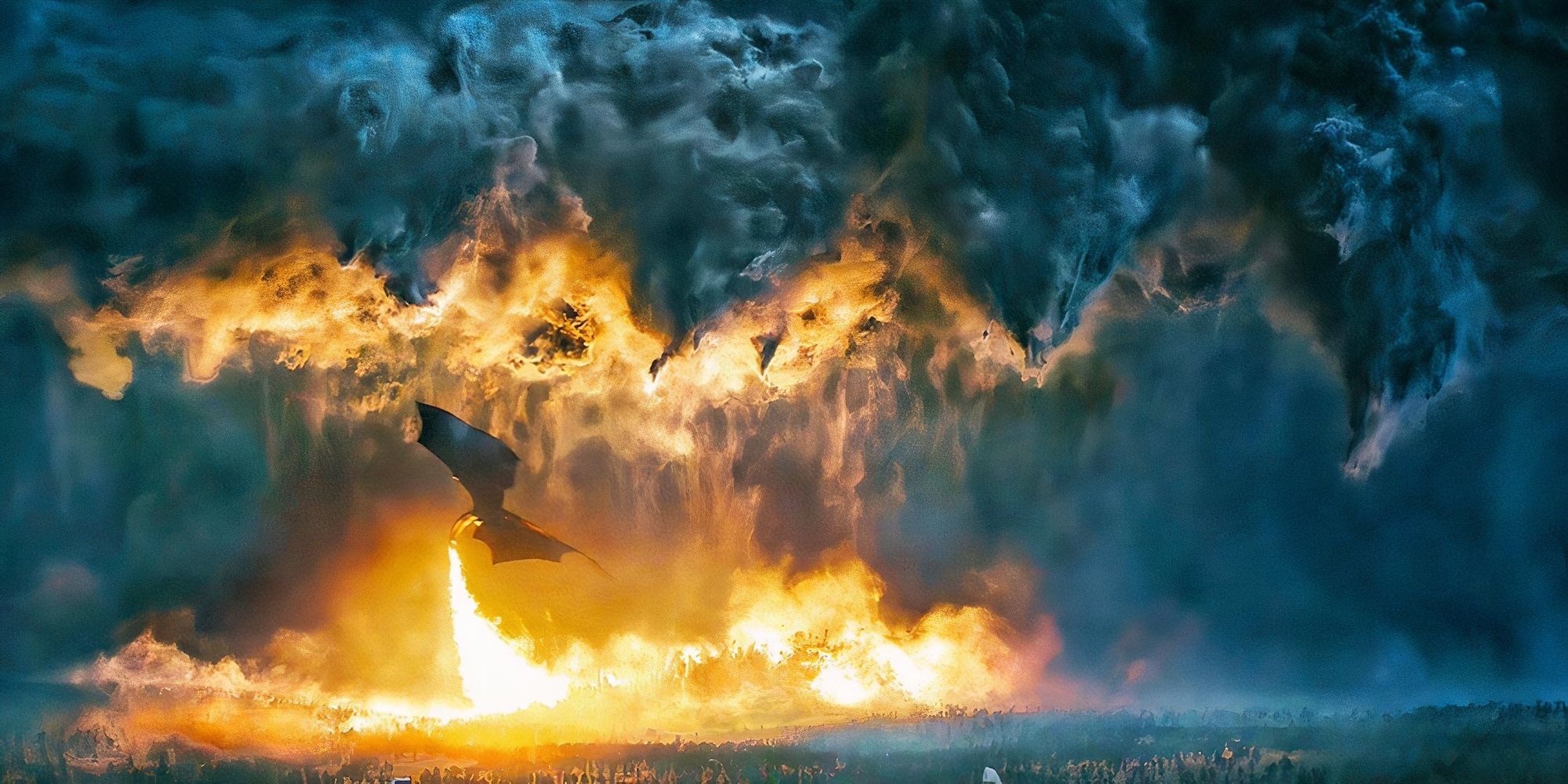






The final season of Game of Thrones came under fire for many reasons, but fans still might not have expected Jon Snow and Daenerys Targaryen’s military strategies to be one of them. The Battle of Winterfell, depicted in the third episode of the final season, brings a series-long build-up to a too-swift conclusion. Meanwhile, military experts Ryan Grauer and Mick Cook explained how the defenses of Winterfell were set up poorly (via Vox).
They also agreed with journalist Alex Ward that sending out the Dothraki first is completely unjustified. Vox published extensive discussion of how the experts would have arranged defenses, cavalry, and air support (dragons), but they admitted that sending both available dragons after the Night King was a smart move. This analysis shows how many fantasy elements translate into real military assets and can be utilized accordingly. However, with a show like Game of Thrones, the writers might not consider this level of accuracy to be necessary — unless it’s something like the Dothraki charge, which even a non-expert observer called ill-advised.





 : Declan Donnelly’s 8-Figure Net Worth Finally Exposed — You Won’t Believe How Much He’s Making from TV!
: Declan Donnelly’s 8-Figure Net Worth Finally Exposed — You Won’t Believe How Much He’s Making from TV!